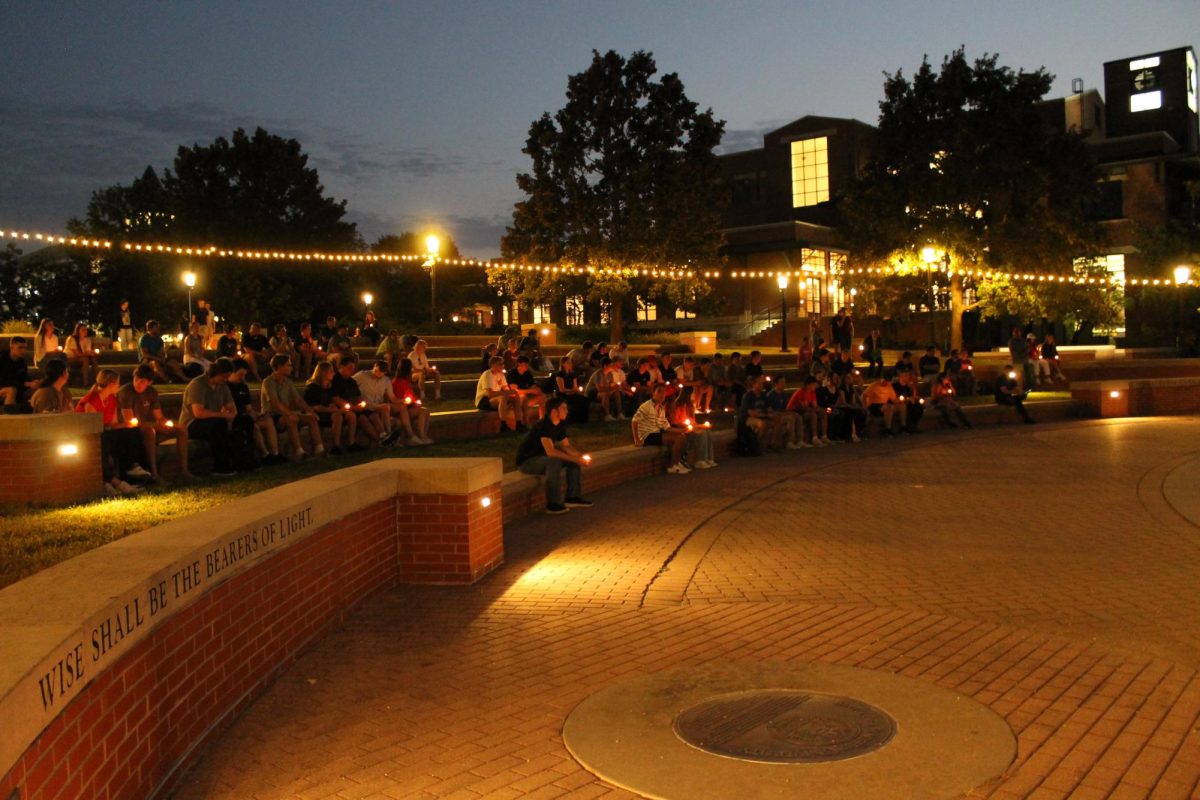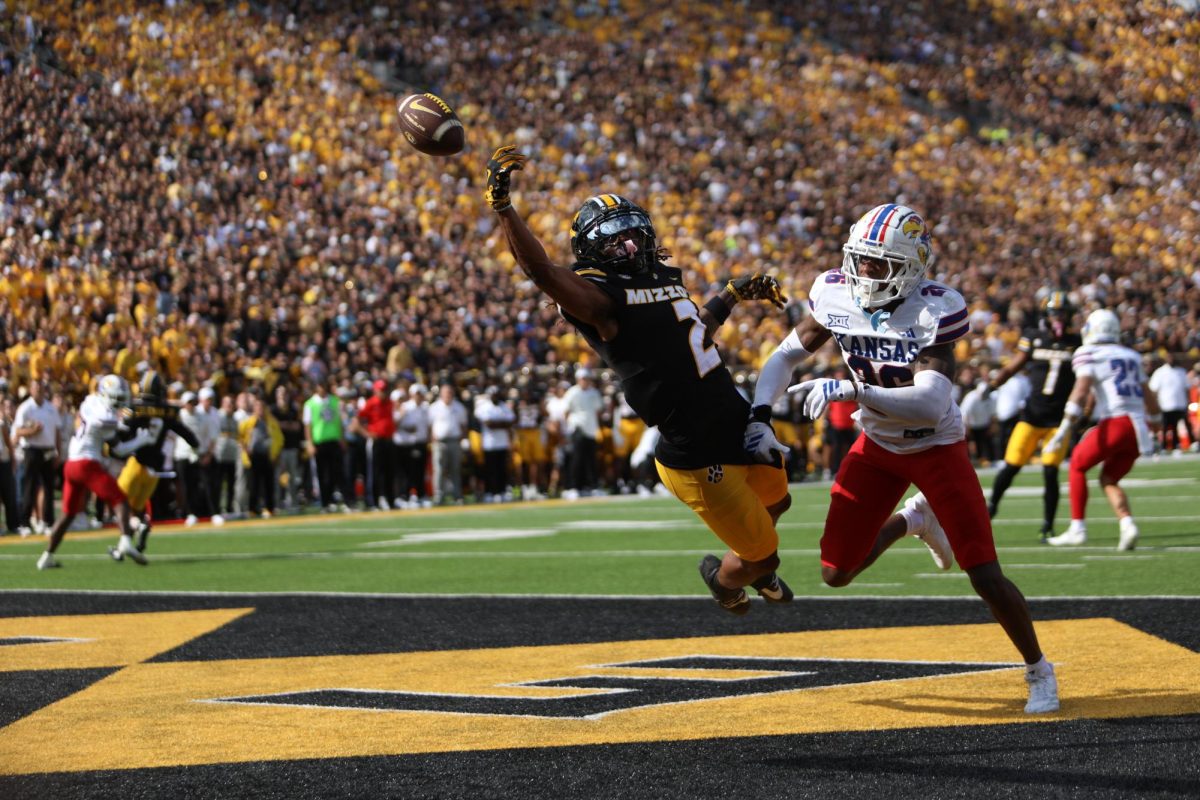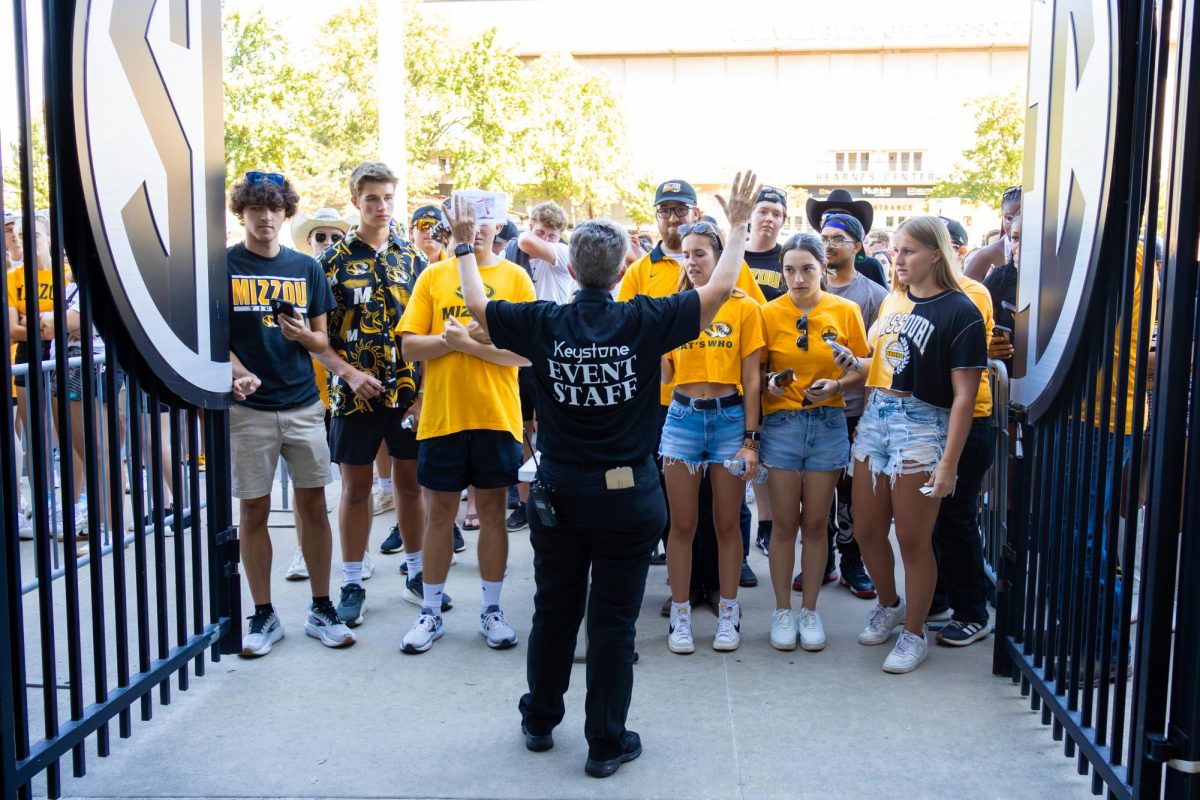The arena quiets, but only a little. Somewhere in the distance, a lone fan shouts in excitement. The air is abuzz with energy and anticipation. The lights dim, and everyone leans forward in their seats, just slightly.
Then, the music hits, and the magic begins.
This was my experience attending the WWE pay-per-view “Fastlane” in February. I haven’t been able to go to another live event since, but every week on Mondays and Thursdays, I get to relive the magic of that night by tuning into WWE’s “Monday Night RAW” and “SmackDown.” And quite frankly, I think everyone deserves the experience that magic too.
Look, I am all too aware of what people say about professional wrestling. It’s fake, it’s dumb, it’s only for children … trust me, I’ve had all of that said to my face. But a lot of the “haters,” if you will, have probably never seen wrestling before. And by seeing, I mean looking at it with an analytical eye.
Wrestling is like a never-ending telenovela. There are the good guys (known as ‘faces’) and bad guys (known as ‘heels’). The heels are usually in positions of power, doing everything they can to keep the faces from succeeding. The faces must scratch and claw their way to the top, and when they do, their victories and triumphant and thrilling.
And the dynamics are ever-evolving. Take the rise and fall of one of the WWE’s most successful staples: The Shield. The story goes: at the 2012 “Survivor Series” pay-per-view, a group of rebellious upstarts clad in SWAT armor interrupted a championship title match, laying out the man who was about to win.
These three Superstars, Seth Rollins, Dean Ambrose and Roman Reigns, went on to defeat almost every challenge that came their way, solidifying themselves as the strongest staple in the WWE with an unbreakable bond. They were brothers in all but blood, together through thick and thin.
It was always meant to fall apart.
On a June 2014 episode of “RAW,” Chief Operations Officer Triple H, the heel figure in charge of pretty much everything (in-storyline, of course) was looking for some muscle to enforce his will upon the WWE roster. The Shield, now solidified faces, were standing strong and refusing. John Cena, the quintessential face of the WWE, had refused to play his game.
“There’s always a plan B,” Triple H warned, before Seth Rollins hit his Shield brothers in the back with a steel chair.
Since then, the ramifications of Seth’s heel turn have been felt in almost every storyline. He has had two substantial feuds with former brother Dean Ambrose, and both feuds were thrilling to watch. The two weren’t just wrestling for the hell of it — there was history and animosity present in every punch and kick. They told a story of betrayal and ambition in every match, and once Rollins won the WWE World Heavyweight Championship at “Wrestlemania” in March, the stakes were even higher.
Good booking (the making of matches and writing of storylines) tells stories as enthralling as this: real, human stories with a bit more violence and drama. Of course, the WWE isn’t perfect. Recently, it has struggled with telling fresh stories that actually matter, especially when booking its women, but when it’s on top of its game, magic happens.
So, friends, I implore you: give wrestling a chance. Watch “RAW” for storyline developments and if actual wrestling is more your speed, tune into “SmackDown.” Wrestling is special for so many people, just the same as any other television series.
It’s so much more than it appears. I promise.
“RAW” airs at 8/7 Central on Monday nights at on USA, and “SmackDown” airs at the same time Thursday nights on SyFy. Pay-per-views are available for purchase through television providers or for streaming on the WWE Network.







